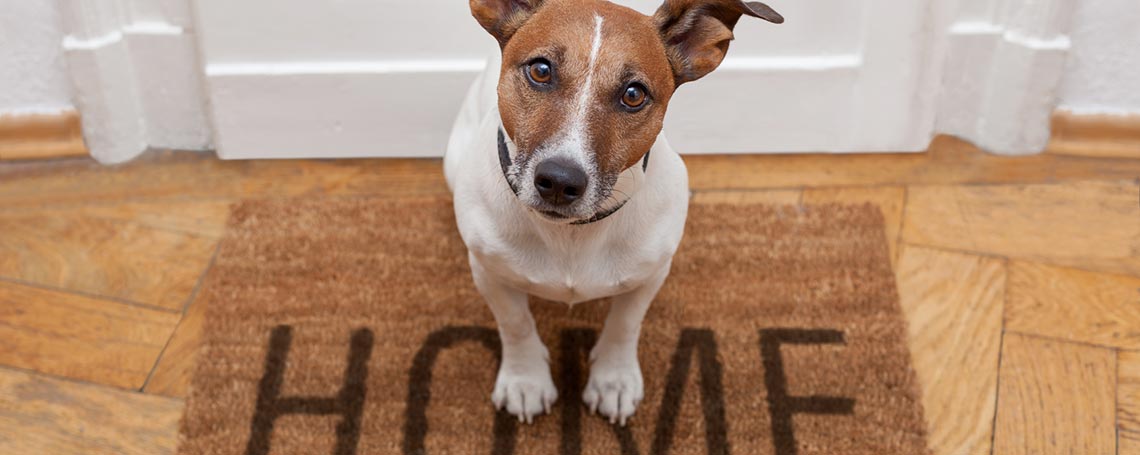 Micro-chipping a pet offers owners the only real permanent method of identifying your pet. This ID links them to you if they are ever separated from you. Other methods such as tags can break or become unreadable and tattooing can become illegible over time. Each year thousands of lost and abandoned animals are taken in by shelters and humane societies across North America. Some of these animals never make it home because they can’t be identified.
Micro-chipping a pet offers owners the only real permanent method of identifying your pet. This ID links them to you if they are ever separated from you. Other methods such as tags can break or become unreadable and tattooing can become illegible over time. Each year thousands of lost and abandoned animals are taken in by shelters and humane societies across North America. Some of these animals never make it home because they can’t be identified.
The placement of a microchip is quick, painless, and similar to a vaccine injection. No anesthetic is required.
 Microchips are passive inert Radio Frequency Identification Device (RFID) about the size of a grain of rice. They contain no internal power source. They are generally made of silicon chip which is coded with a unique number that is read by a scanner.
Microchips are passive inert Radio Frequency Identification Device (RFID) about the size of a grain of rice. They contain no internal power source. They are generally made of silicon chip which is coded with a unique number that is read by a scanner.
The components are encased in special biologically inert material to ensure there is no reaction to the animals tissues when inserted into the pet.
Chips in dogs and cats are usually inserted just below the skin at the back of the neck, between the shoulder blades. It stays in place as thin layers of connective tissue form around it.
Once implanted, it’s important that the chip number be registered with a national database that can be easily accessed by shelters and veterinarians to identify lost pets.
Collars and tags can be removed or get lost. Microchips are inexpensive, easily placed by your veterinarian, and the best permanent method of identifying your pet for a lifetime.

